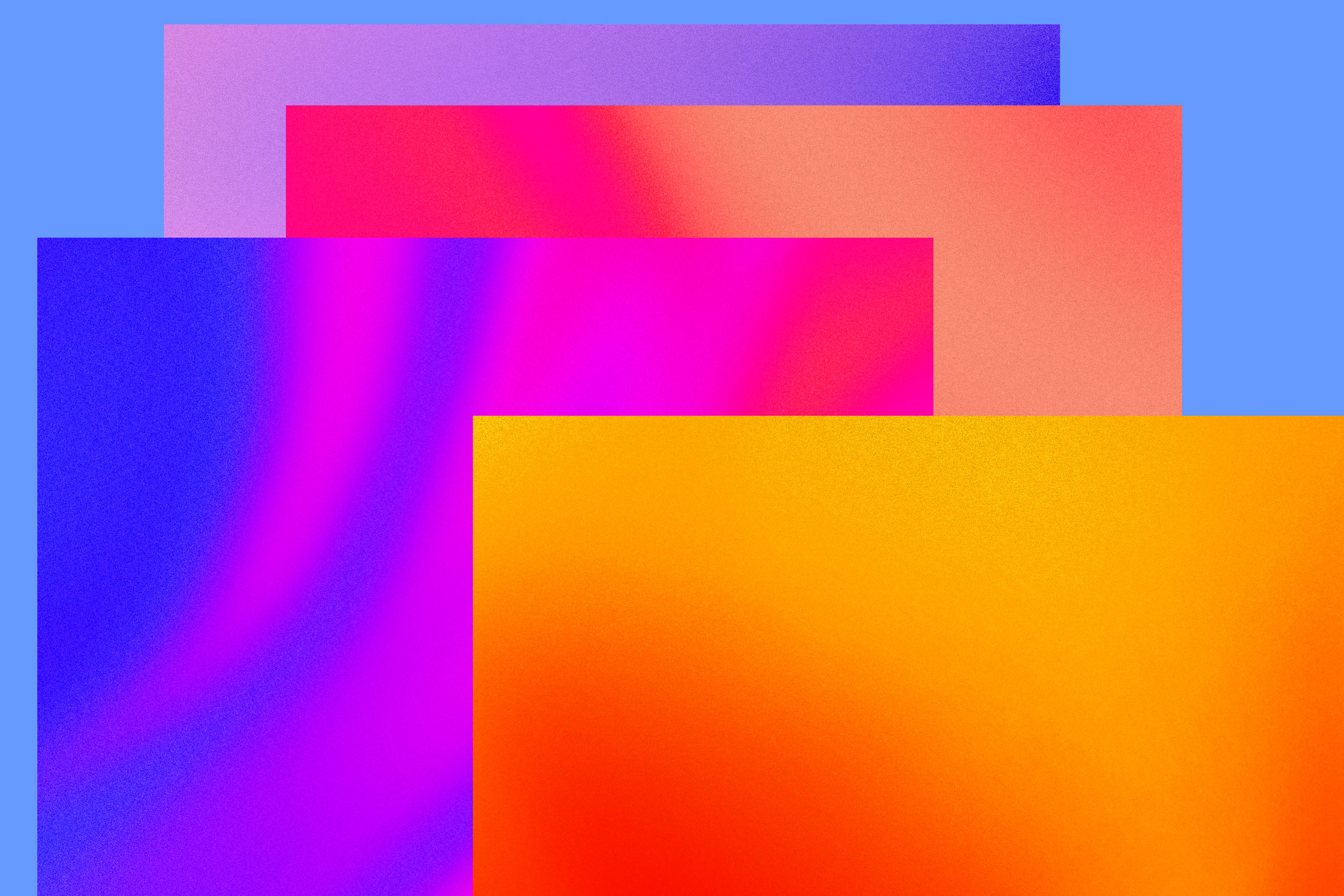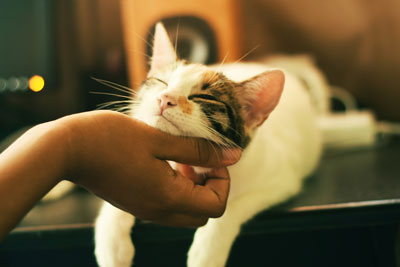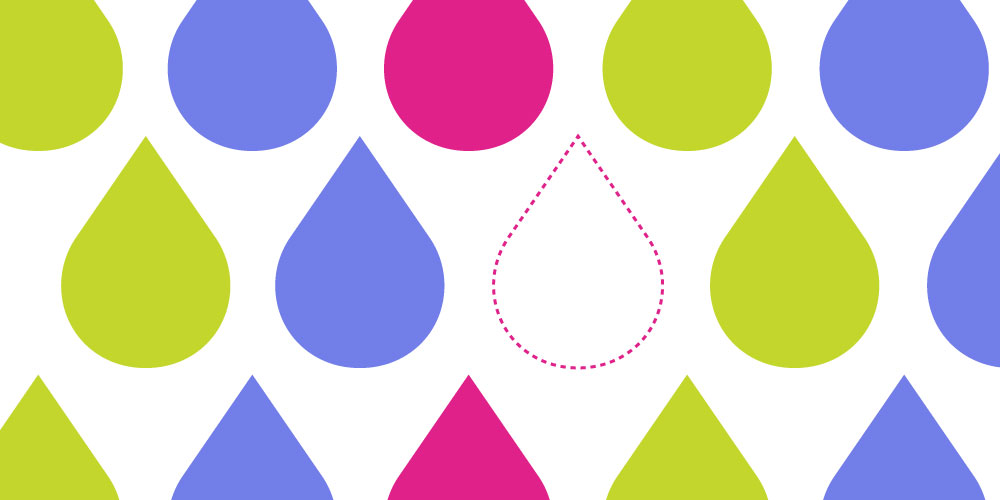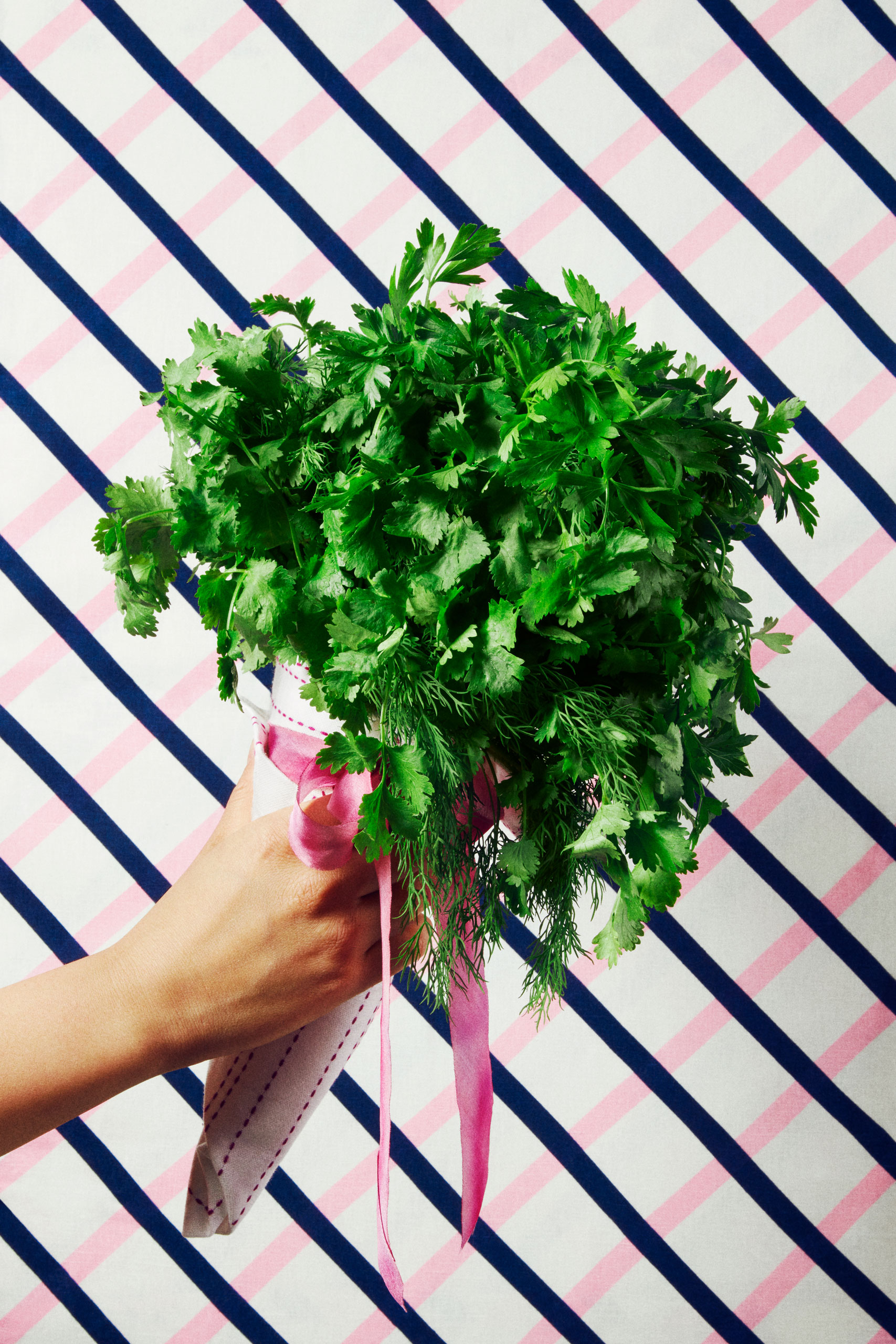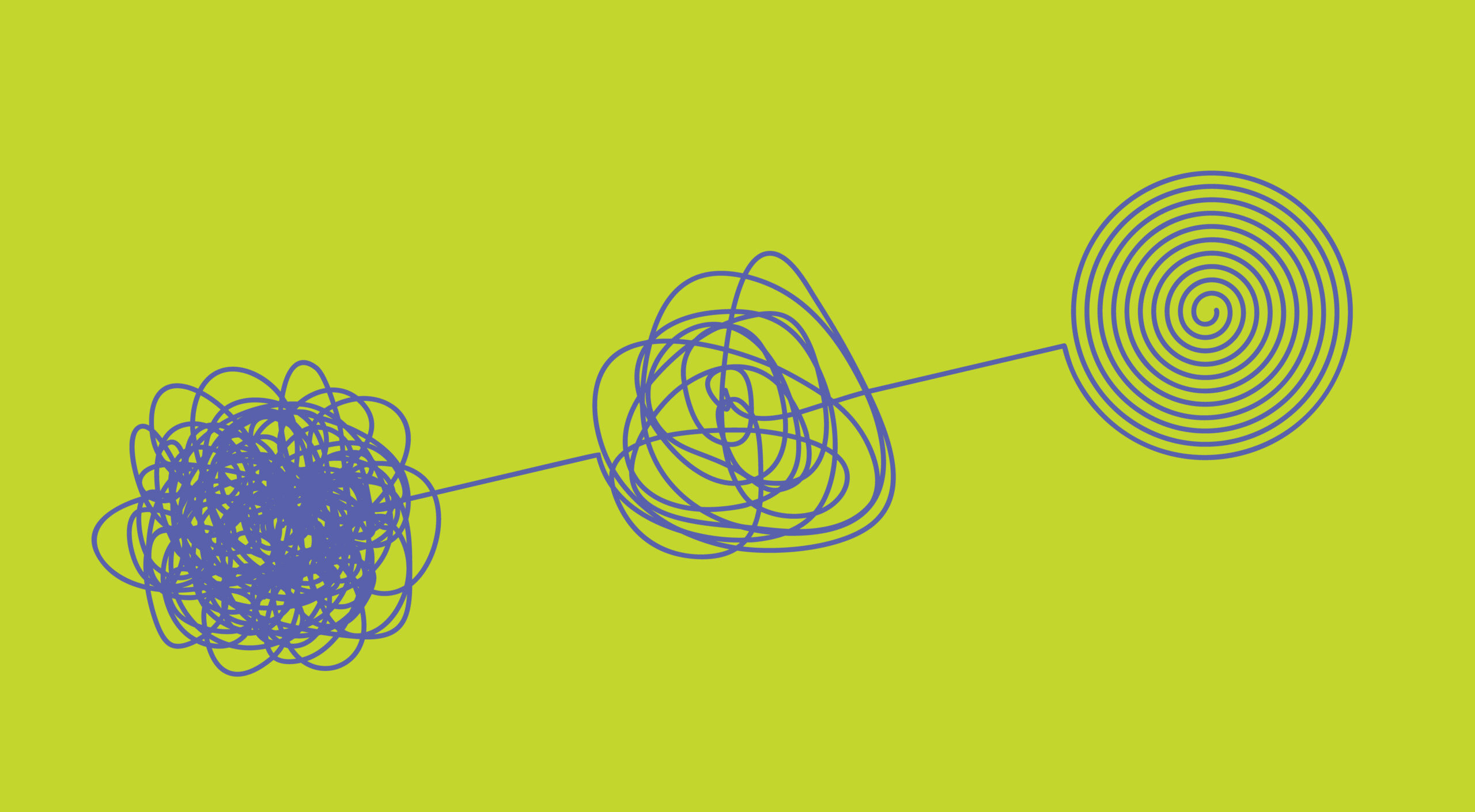
The creative process is different for everyone, especially if you’re creating work for commercial or personal endeavors. A commercial art project, such as creating a branding identity guide for an organization is a legit project with deliverables, a budget and a dedicated team. A personal art project has different markers of completion that aren’t tied to monetary goals. However, it’s my belief that regardless of the output, there are similarities in the creative process. To me, that’s the magic of design: good design marries both creativity and commercial interests. In short, if there isn’t something that you’re excited and challenged about in the work, then I believe that the project isn’t honouring the creative process fully.
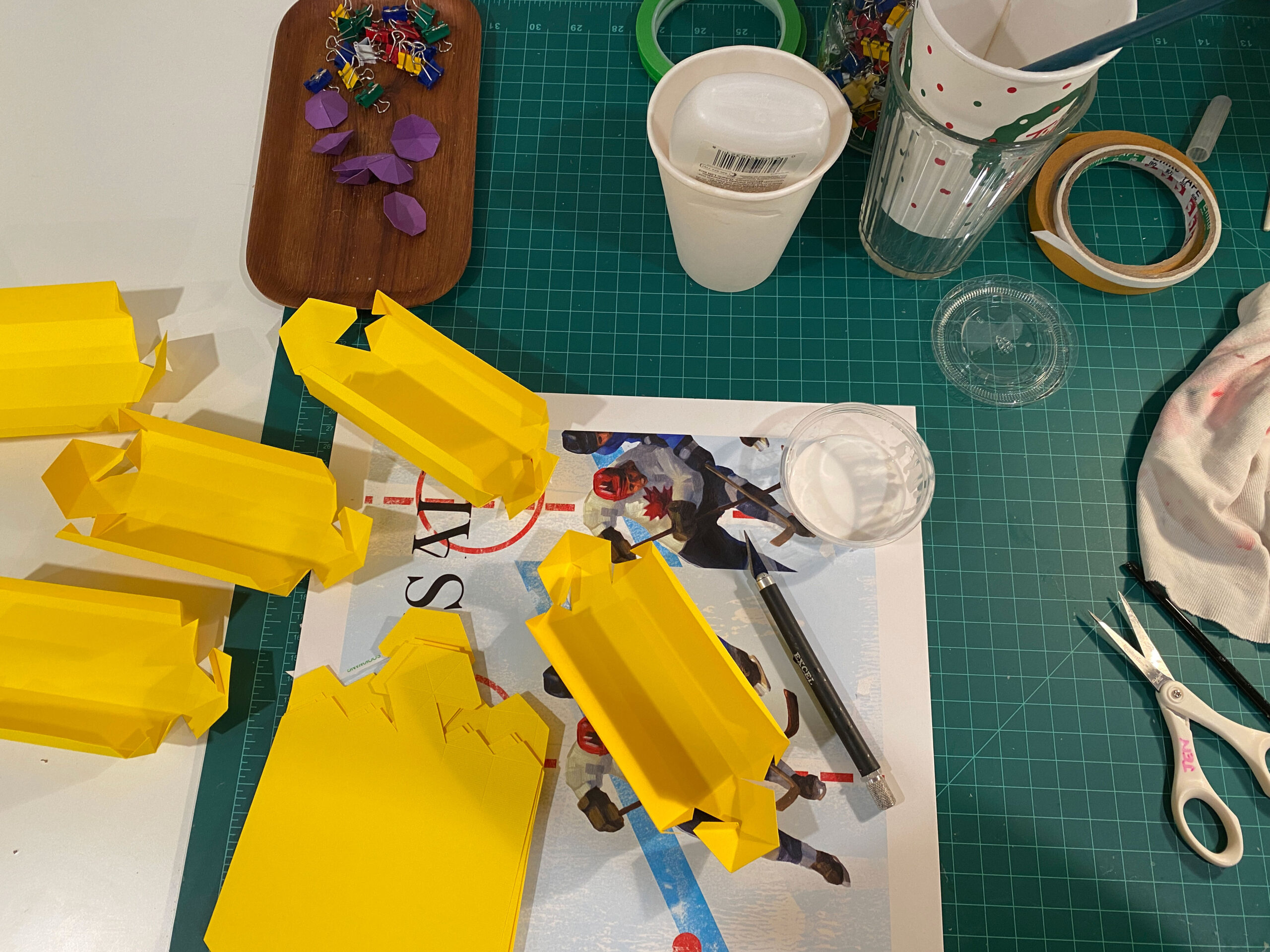
Above, Jen’s messy desk while she is mid-thought creating paper sculptures for a client project.
1. Just start the damn thing
Let’s say we at Spinner Design just snagged a dream client like Well.ca. Everyone is excited! The client just took a leap of faith and is dedicating a significant budget to creating new imagery and a brand update. We are all pinching ourselves because anytime a client trusts us with their brand, it’s a day to celebrate.
With this energy comes a lot of planning. Project planning, deliverables, concept presentations and talking a lot about what the future will look like characterizes the start of a project.
Or, with a personal art project, I will dream about what I’d like it to look like. I’ll research other artists who I love, and want my work to look like theirs.
Then, there comes a time when it’s time to just start the damn thing! Stop talking and start working. For some, this can be an anxious time because there is a lot of fear about what people will think of your work. We all want to be liked. But good art isn’t about pleasing the masses. Good art is particular and specific.
For a brand, the art produced needs to take into the target audience, so that a particular consumer can get excited about the company’s offering. For that to happen, the company themselves needs to be excited and proud of the work in the first place.
With personal work, it’s same-same except the artist themselves is the client, so starting project from a place of creating for oneself is the best way to push past the “starting” jitters.
In-process design thinking while creating custom icons for a client project.
2. Get in the flow
Once the project has begun, it’s important to make time to get into the flow. Flow is a state of mind in which a person becomes fully immersed in an activity. Positive psychologist Mihály Csíkszentmihályi describes flow as a state of complete immersion in an activity. Flow can happen with any task, not just creative pursuits. Think about walking the dog where all of a sudden you’re solely in the moment and didn’t realize you walked quite so far.
The flow state is key for creative outputs because it allows your heart and mind to wander. Often it will wander towards solutions and happy accidents that it wouldn’t otherwise. We all know what happens when we throw a party and plan to make it “the best night ever.” Maybe you have a good time, but it doesn’t really compare to a random get together with friends that turns into an all-night [insert activity you really enjoy doing here].
As an agency, we at Spinner Design block off time with no meetings and dedicate that part of the day to getting into flow states with specific projects. We find this helps us create the best work possible as well as stumble on creative solutions we wouldn’t have otherwise thought of.
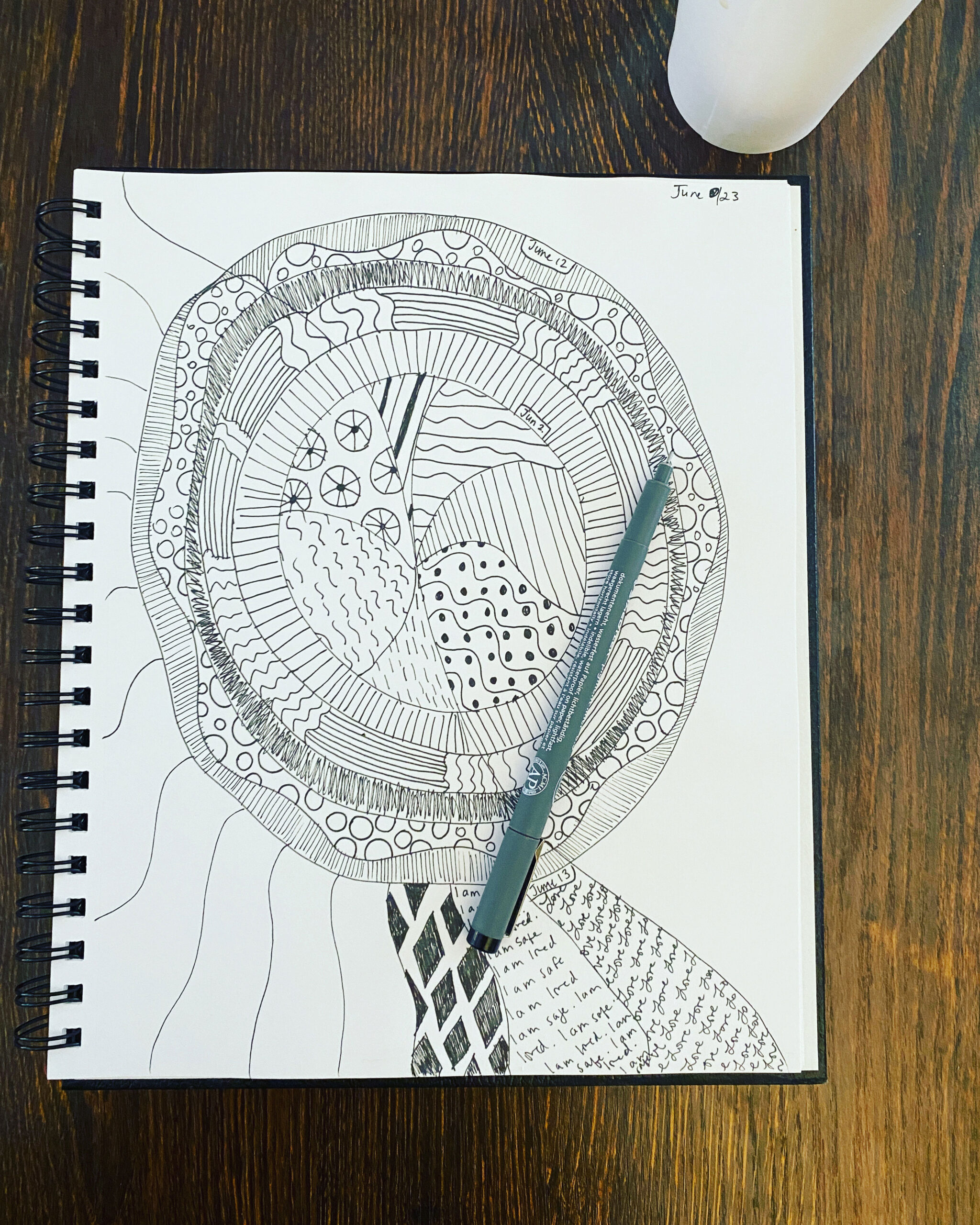
A sample of Jen’s morning pages, a stream of consciousness drawing method that helps to empty out the proverbial cobwebs before jumping into the day.
3. Keep showing up: Refine, refine, refine
Once a first draft is created, it’s tempting to think that you’re done. But, good and great work comes with refinement. It’s helpful to get feedback from clients as well as peers. Here’s where the process can get a bit dicey for some because it’s easy to get attached to initial ideas. From a commercial art perspective, Spinner Design views clients as collaborators who know their brand best. As much as we can be experts in design, the client themselves shares valuable insights and information about their target audience. The refinement process is where our team goes into listening mode as it’s really important to closely hear the feedback the client is giving. From there, we can come to creative solutions collaboratively.
If you’re working on a personal project, the refinement process looks a bit different. One step I find helpful is to take breaks with your work. Often the artist is staring at one piece of work for a long time. If the work is put down and then picked back up again, the artist can see it in a new light. For personal work, it can also be helpful to seek out a trusted eye to help you decide where to go next. This really depends on the scale of work you’re producing and what your personal goals are for the work.
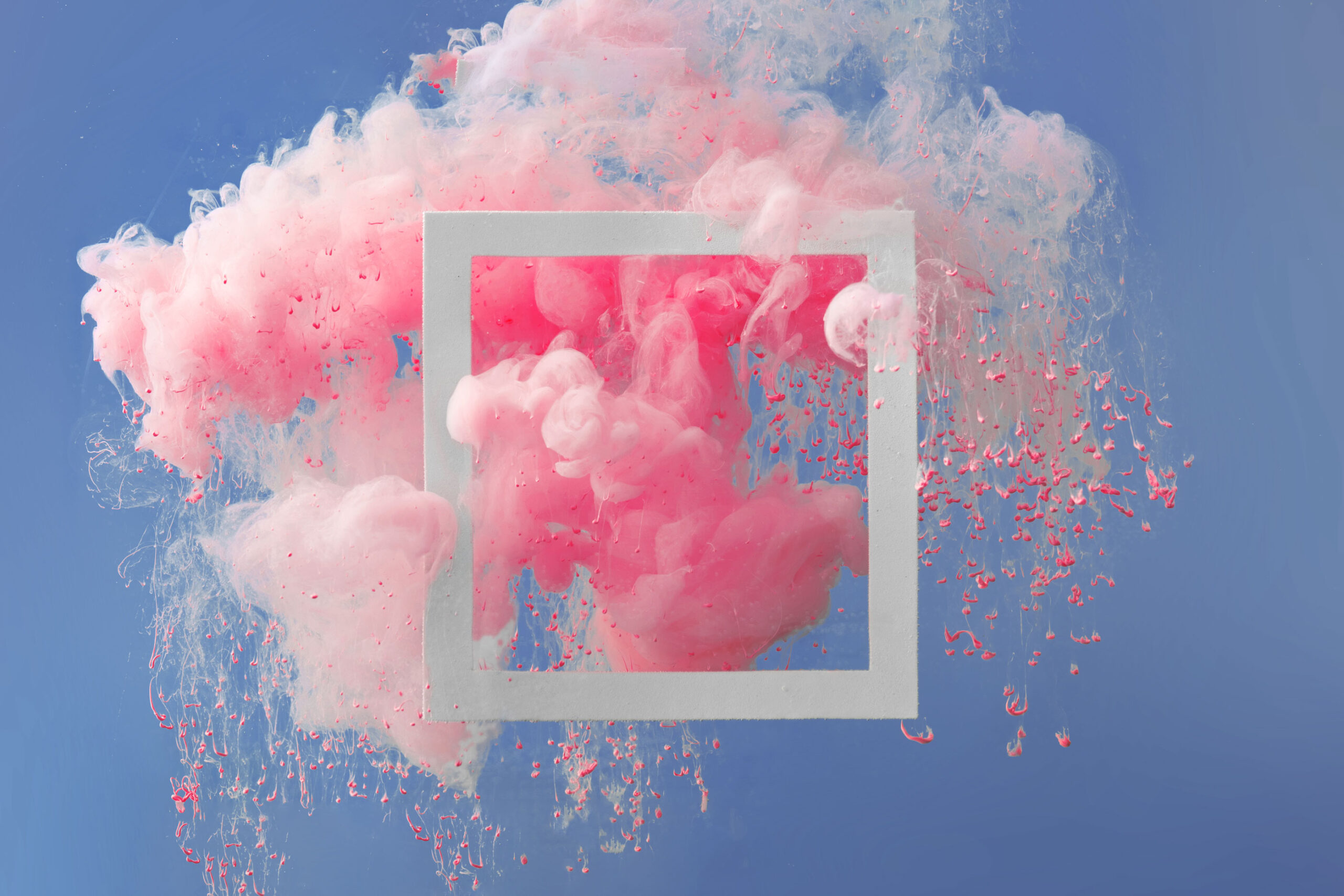
4. Know when to stop
Once a first draft is created, it’s tempting to think that you’re done. But, good and great work comes with refinement. It’s helpful to get feedback from clients as well as peers. Here’s where the process can get a bit dicey for some because it’s easy to get attached to initial ideas. From a commercial art perspective, Spinner Design views clients as collaborators who know their brand best. As much as we can be experts in design, the client themselves shares valuable insights and information about their target audience. The refinement process is where our team goes into listening mode as it’s really important to closely hear the feedback the client is giving. From there, we can come to creative solutions collaboratively.
If you’re working on a personal project, the refinement process looks a bit different. One step I find helpful is to take breaks with your work. Often the artist is staring at one piece of work for a long time. If the work is put down and then picked back up again, the artist can see it in a new light. For personal work, it can also be helpful to seek out a trusted eye to help you decide where to go next. This really depends on the scale of work you’re producing and what your personal goals are for the work.
— Jen Spinner, founder at Spinner Design

